Noor Almaadeed
PDC-ViT : Source Camera Identification using Pixel Difference Convolution and Vision Transformer
Jan 27, 2025Abstract:Source camera identification has emerged as a vital solution to unlock incidents involving critical cases like terrorism, violence, and other criminal activities. The ability to trace the origin of an image/video can aid law enforcement agencies in gathering evidence and constructing the timeline of events. Moreover, identifying the owner of a certain device narrows down the area of search in a criminal investigation where smartphone devices are involved. This paper proposes a new pixel-based method for source camera identification, integrating Pixel Difference Convolution (PDC) with a Vision Transformer network (ViT), and named PDC-ViT. While the PDC acts as the backbone for feature extraction by exploiting Angular PDC (APDC) and Radial PDC (RPDC). These techniques enhance the capability to capture subtle variations in pixel information, which are crucial for distinguishing between different source cameras. The second part of the methodology focuses on classification, which is based on a Vision Transformer network. Unlike traditional methods that utilize image patches directly for training the classification network, the proposed approach uniquely inputs PDC features into the Vision Transformer network. To demonstrate the effectiveness of the PDC-ViT approach, it has been assessed on five different datasets, which include various image contents and video scenes. The method has also been compared with state-of-the-art source camera identification methods. Experimental results demonstrate the effectiveness and superiority of the proposed system in terms of accuracy and robustness when compared to its competitors. For example, our proposed PDC-ViT has achieved an accuracy of 94.30%, 84%, 94.22% and 92.29% using the Vision dataset, Daxing dataset, Socrates dataset and QUFVD dataset, respectively.
Backbones-Review: Feature Extraction Networks for Deep Learning and Deep Reinforcement Learning Approaches
Jun 16, 2022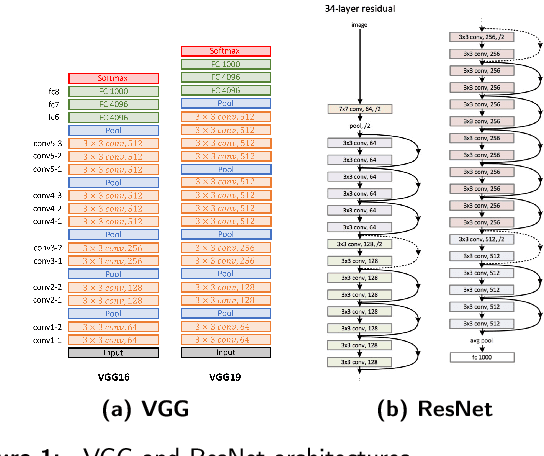

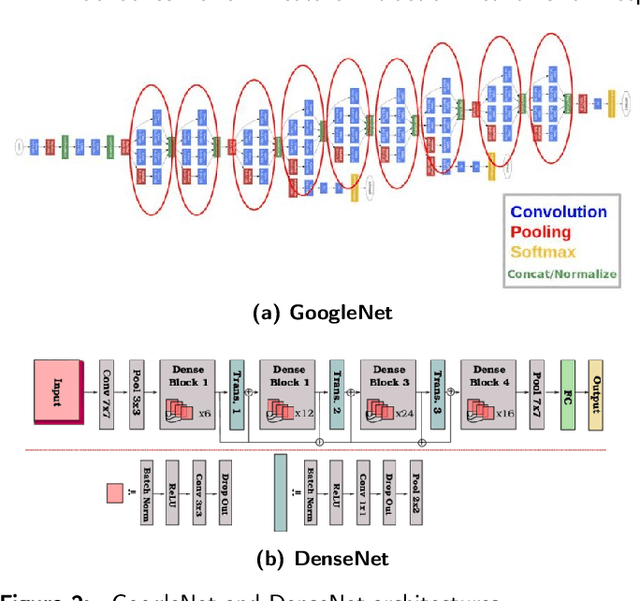
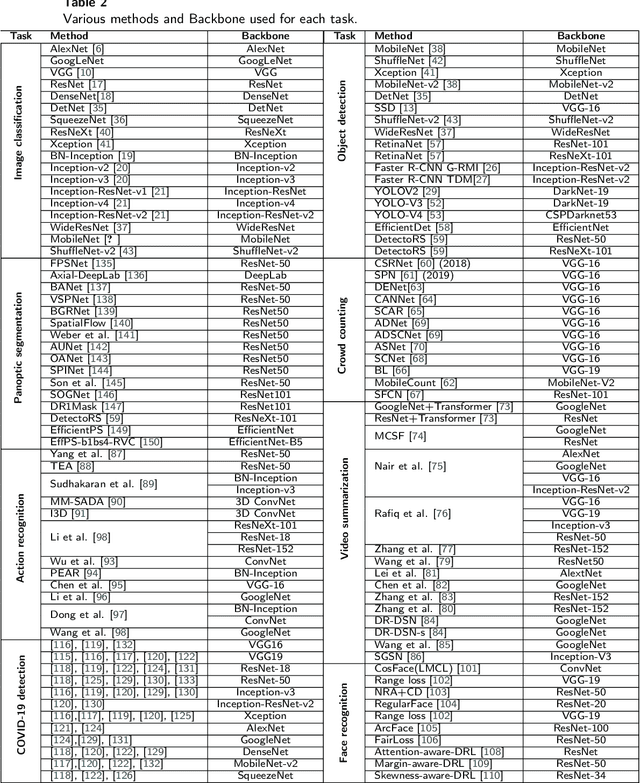
Abstract:To understand the real world using various types of data, Artificial Intelligence (AI) is the most used technique nowadays. While finding the pattern within the analyzed data represents the main task. This is performed by extracting representative features step, which is proceeded using the statistical algorithms or using some specific filters. However, the selection of useful features from large-scale data represented a crucial challenge. Now, with the development of convolution neural networks (CNNs), the feature extraction operation has become more automatic and easier. CNNs allow to work on large-scale size of data, as well as cover different scenarios for a specific task. For computer vision tasks, convolutional networks are used to extract features also for the other parts of a deep learning model. The selection of a suitable network for feature extraction or the other parts of a DL model is not random work. So, the implementation of such a model can be related to the target task as well as the computational complexity of it. Many networks have been proposed and become the famous networks used for any DL models in any AI task. These networks are exploited for feature extraction or at the beginning of any DL model which is named backbones. A backbone is a known network trained in many other tasks before and demonstrates its effectiveness. In this paper, an overview of the existing backbones, e.g. VGGs, ResNets, DenseNet, etc, is given with a detailed description. Also, a couple of computer vision tasks are discussed by providing a review of each task regarding the backbones used. In addition, a comparison in terms of performance is also provided, based on the backbone used for each task.
Panoptic Segmentation: A Review
Nov 19, 2021

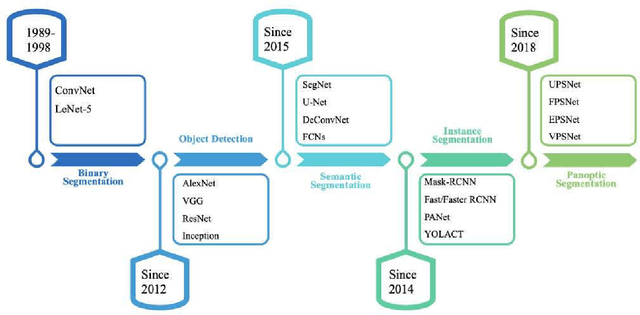

Abstract:Image segmentation for video analysis plays an essential role in different research fields such as smart city, healthcare, computer vision and geoscience, and remote sensing applications. In this regard, a significant effort has been devoted recently to developing novel segmentation strategies; one of the latest outstanding achievements is panoptic segmentation. The latter has resulted from the fusion of semantic and instance segmentation. Explicitly, panoptic segmentation is currently under study to help gain a more nuanced knowledge of the image scenes for video surveillance, crowd counting, self-autonomous driving, medical image analysis, and a deeper understanding of the scenes in general. To that end, we present in this paper the first comprehensive review of existing panoptic segmentation methods to the best of the authors' knowledge. Accordingly, a well-defined taxonomy of existing panoptic techniques is performed based on the nature of the adopted algorithms, application scenarios, and primary objectives. Moreover, the use of panoptic segmentation for annotating new datasets by pseudo-labeling is discussed. Moving on, ablation studies are carried out to understand the panoptic methods from different perspectives. Moreover, evaluation metrics suitable for panoptic segmentation are discussed, and a comparison of the performance of existing solutions is provided to inform the state-of-the-art and identify their limitations and strengths. Lastly, the current challenges the subject technology faces and the future trends attracting considerable interest in the near future are elaborated, which can be a starting point for the upcoming research studies. The papers provided with code are available at: https://github.com/elharroussomar/Awesome-Panoptic-Segmentation
VisDrone-CC2020: The Vision Meets Drone Crowd Counting Challenge Results
Jul 19, 2021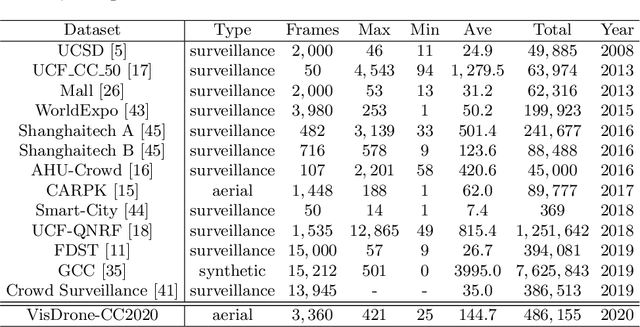
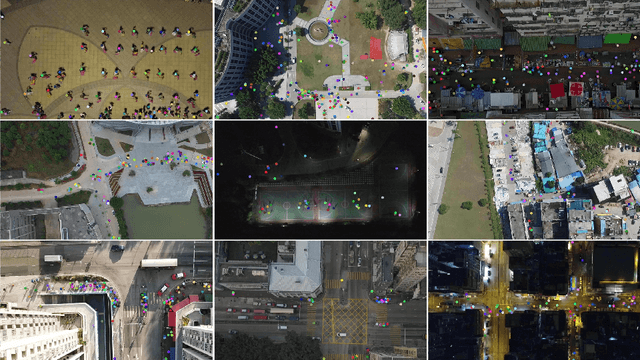
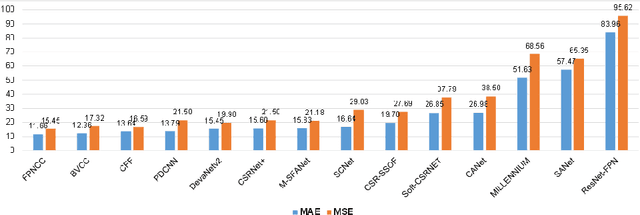

Abstract:Crowd counting on the drone platform is an interesting topic in computer vision, which brings new challenges such as small object inference, background clutter and wide viewpoint. However, there are few algorithms focusing on crowd counting on the drone-captured data due to the lack of comprehensive datasets. To this end, we collect a large-scale dataset and organize the Vision Meets Drone Crowd Counting Challenge (VisDrone-CC2020) in conjunction with the 16th European Conference on Computer Vision (ECCV 2020) to promote the developments in the related fields. The collected dataset is formed by $3,360$ images, including $2,460$ images for training, and $900$ images for testing. Specifically, we manually annotate persons with points in each video frame. There are $14$ algorithms from $15$ institutes submitted to the VisDrone-CC2020 Challenge. We provide a detailed analysis of the evaluation results and conclude the challenge. More information can be found at the website: \url{http://www.aiskyeye.com/}.
* The method description of A7 Mutil-Scale Aware based SFANet (M-SFANet) is updated and missing references are added
Image inpainting: A review
Sep 13, 2019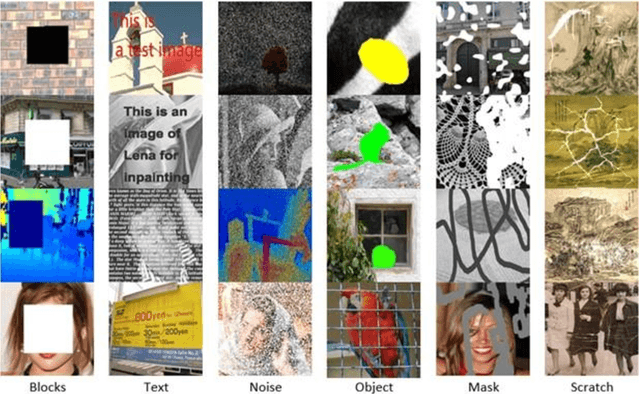
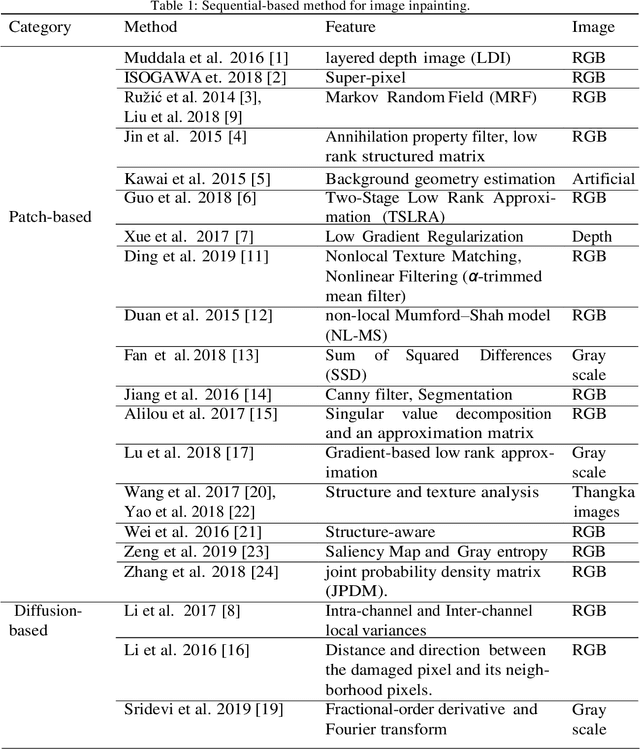

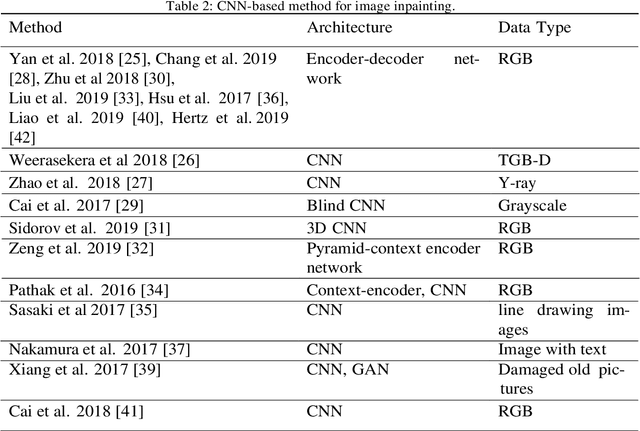
Abstract:Although image inpainting, or the art of repairing the old and deteriorated images, has been around for many years, it has gained even more popularity because of the recent development in image processing techniques. With the improvement of image processing tools and the flexibility of digital image editing, automatic image inpainting has found important applications in computer vision and has also become an important and challenging topic of research in image processing. This paper is a brief review of the existing image inpainting approaches we first present a global vision on the existing methods for image inpainting. We attempt to collect most of the existing approaches and classify them into three categories, namely, sequential-based, CNN-based and GAN-based methods. In addition, for each category, a list of methods for the different types of distortion on the images is presented. Furthermore, collect a list of the available datasets and discuss these in our paper. This is a contribution for digital image inpainting researchers trying to look for the available datasets because there is a lack of datasets available for image inpainting. As the final step in this overview, we present the results of real evaluations of the three categories of image inpainting methods performed on the datasets used, for the different types of image distortion. In the end, we also present the evaluations metrics and discuss the performance of these methods in terms of these metrics. This overview can be used as a reference for image inpainting researchers, and it can also facilitate the comparison of the methods as well as the datasets used. The main contribution of this paper is the presentation of the three categories of image inpainting methods along with a list of available datasets that the researchers can use to evaluate their proposed methodology against.
A Novel Approach for Robust Multi Human Action Detection and Recognition based on 3-Dimentional Convolutional Neural Networks
Jul 25, 2019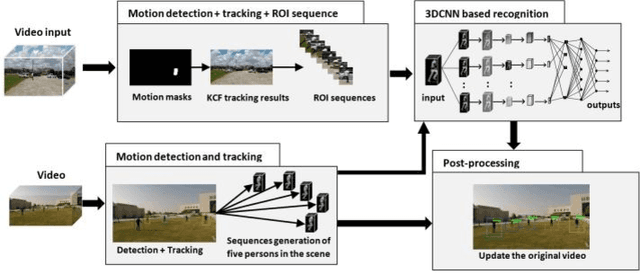
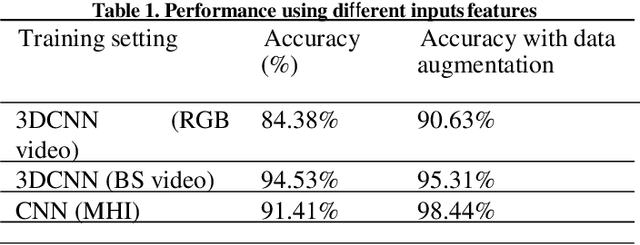
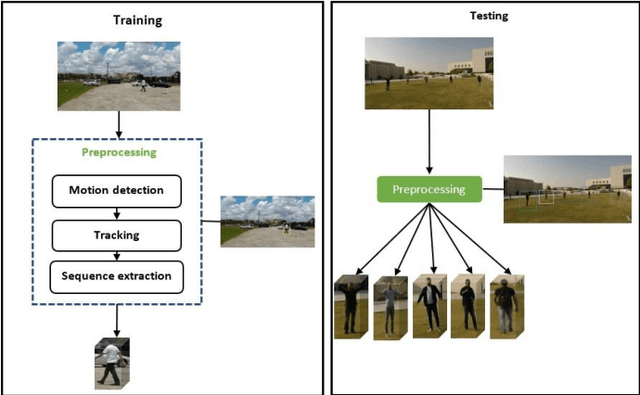
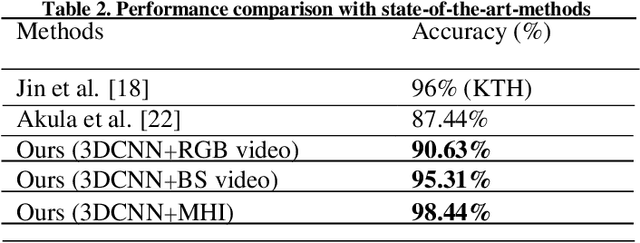
Abstract:In recent years, various attempts have been proposed to explore the use of spatial and temporal information for human action recognition using convolutional neural networks (CNNs). However, only a small number of methods are available for the recognition of many human actions performed by more than one person in the same surveillance video. This paper proposes a novel technique for multiple human action recognition using a new architecture based on 3Dimdenisional deep learning with application to video surveillance systems. The first stage of the model uses a new representation of the data by extracting the sequence of each person acting in the scene. An analysis of each sequence to detect the corresponding actions is also proposed. KTH, Weizmann and UCF-ARG datasets were used for training, new datasets were also constructed which include a number of persons having multiple actions were used for testing the proposed algorithm. The results of this work revealed that the proposed method provides more accurate multi human action recognition achieving 98%. Other videos were used for the evaluation including datasets (UCF101, Hollywood2, HDMB51, and YouTube) without any preprocessing and the results obtained suggest that our proposed method clearly improves the performances when compared to state-of-the-art methods.
 Add to Chrome
Add to Chrome Add to Firefox
Add to Firefox Add to Edge
Add to Edge